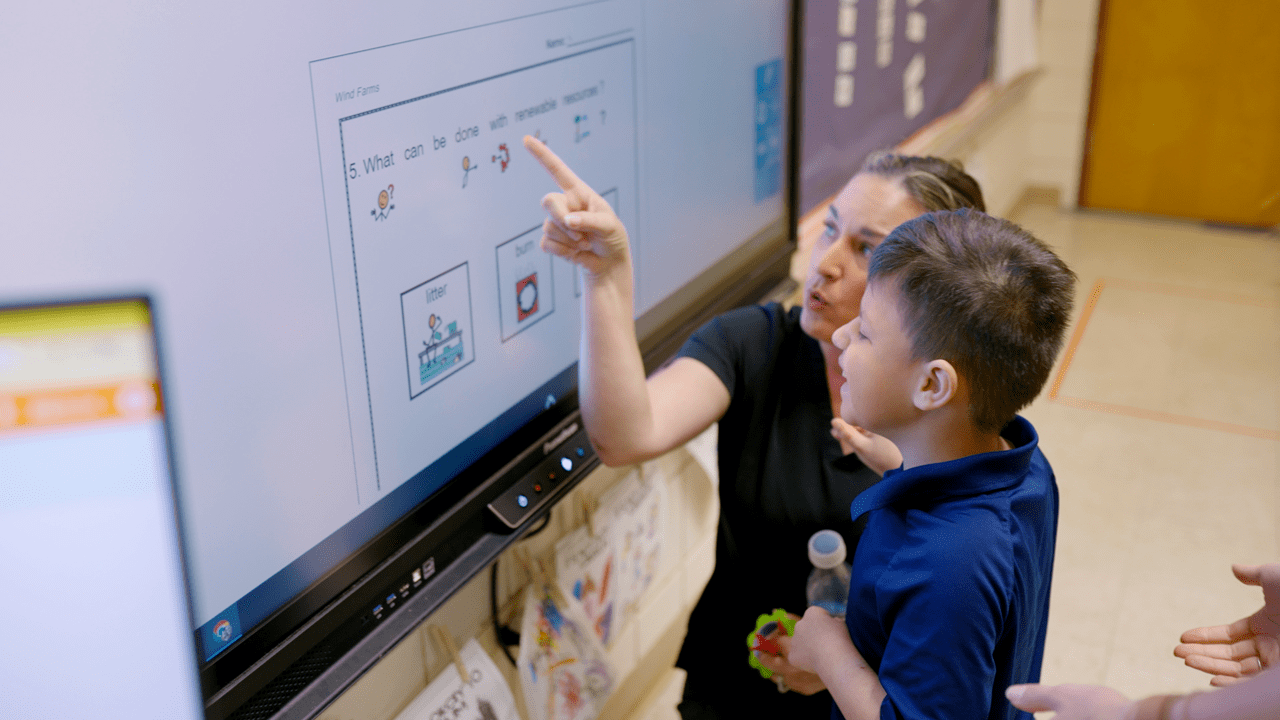Neuroplasticity and the Whole Child Approach to Teaching
Download White PaperThe Brain Is Surprisingly Flexible
You already know a child’s brain is not a computer, and in this exciting white paper you can learn about the 100 billion neurons writing, re-wiring, connecting, and discarding information in their growing minds. When you understand how to tap into the wiring of students’ brains you will be at a huge advantage in helping them understand and remember content.
“Neuroplasticity” describes how our brains grow, strengthen, organize, change, and adapt with time and experience. Our white paper takes you through the history of the science and shows how it impacts both neurotypical and neurodivergent learners.
Making the Most of Each Student’s Learning Capacity
Learn seven key strategies for encouraging the mental flexibility and growth of unique learners, from identifying their strengths to the inclusion of movement to encourage all the benefits of physical activity.
A New Way to Look at Learning
Walk through the process of ingesting and digesting information from the perspective of neurology, with the five steps of information assimilation clearly laid out for anyone to understand easily, and learn the tangible, proven strategies educators can employ to help students move information into their upper brain for long‑term retention.
Maximizing Neuroplasticity Among Your Learners
With eight proven strategies to enhance learning in the classroom, you will be able to apply the most recent evidence-based education strategies, founded in neurological science. From “Teaching Malleable Intelligence and Growth Mindset” to “Activating Prior Knowledge,” you’ll be able to see where your teaching style is already using these concepts, and where you can apply new techniques!
Educating the Whole Child Means a Paradigm Shift
Founded in Maslow’s hierarchy of needs, “whole child” education gives you a clearly marked path to supporting your learners’ physical, psychological, cognitive, social, and emotional needs.
This whole child approach to education recognizes the interconnectedness of all areas of child development. It seeks to design curriculum, develop teaching practices, and promote policies that support this interconnectedness. When schools adopt a whole child approach to teaching and learning, they recognize that the physical and chemical nature of students’ brains changes as they learn new information.
When we educate a child, by definition we are engaging their neuroplasticity. Download this white paper to see how all of the pieces fit together!


